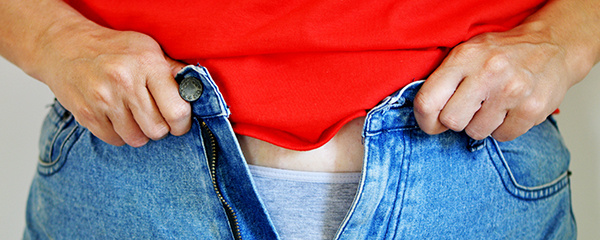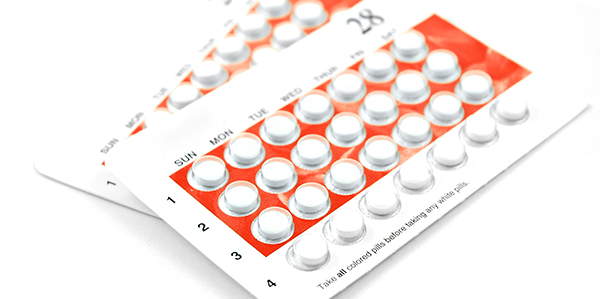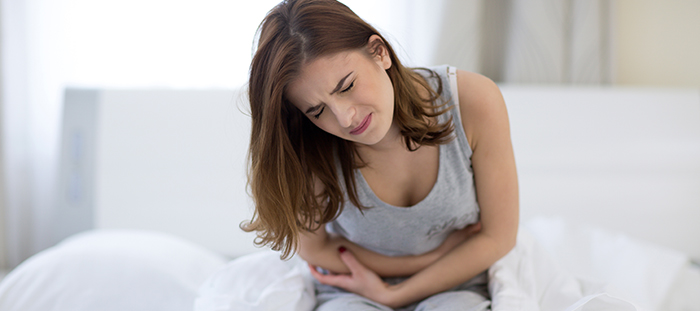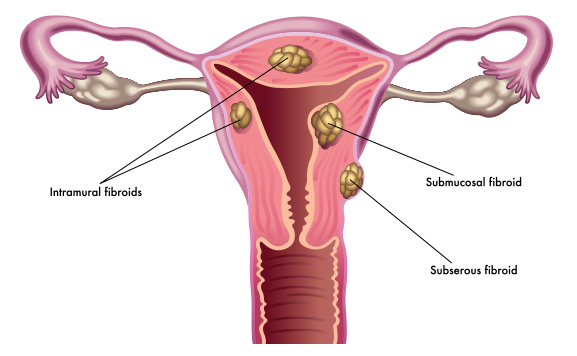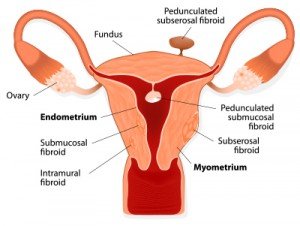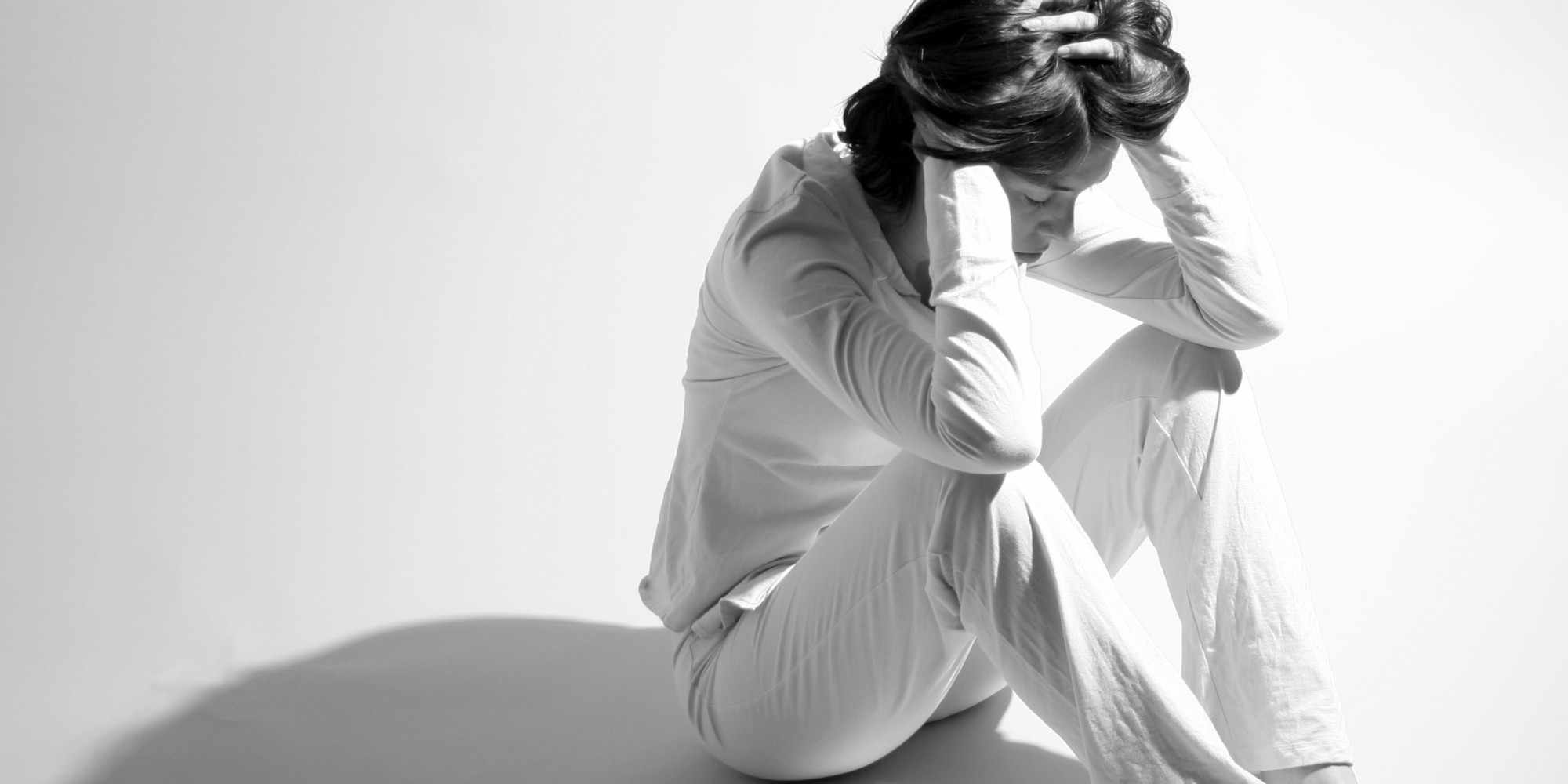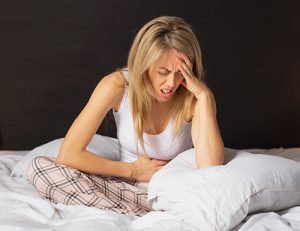A uterine fibroid (recognized medically as a leiomyoma or myoma ) is a noncancerous growth of smooth muscle and connective tissue. Fibroids originate from the thick wall of the uterus and are categorized by where they grow.
Uterine Fibroids Symptoms
Uterine Fibroids are very common in women, with as many as 75% experiencing them at some period in their lives, often undiagnosed and unknown.1 Uterine fibroids symptoms can be but not limited to pelvic pain or pressure, pain in the back of the legs, pressure on the bladder, lower back pain, and an abnormally enlarged abdomen. Lastly, one the different symptoms of uterine fibroids is unexplained weight gain. Fibroid growths can range in size, from as small as a pinhead to larger than a melon. The larger the fibroid, the more weight it contains. Fibroids have been reported weighing more than 20 pounds.
Bleeding/Fatigue
One factor in the relationship between fibroids and weight gain is that fibroids are recognized in causing heavy bleeding and/or irregular periods with extended menstrual cycles. These symptoms can lead to anemia and exhaustion due to the loss of iron contained in the blood. The greater the blood loss, the greater the iron depletion, the sooner fatigue follows. Women who have fibroids may possibly experience anxiety or discomfort because of this condition. Combining anxiety with overall fatigue leads the female to be more likely in turning to comfort food, while avoiding exercise. The increased calories from the comfort foods added to the lack of exercise will eventually lead to weight gain.
Body Mass Index (BMI)
There is also research indicating women with a higher body mass index (BMI) are more likely to gain weight due to fibroids than women with lower BMI’s. A 2005 study conducted by Temple University Hospital, Philadelphia indicated that for every 1 point increase on a women’s BMI index caused a uterine size increase of 8g in weight. A suggested reason for the link between the BMI index and size of the uterine fibroid is body fat and estrogen levels. The greater the body fat ratio, the greater the estrogen levels. Restoring a woman’s hormone balance is a possible component of a fibroids treatment plan as well as adhering to a healthy exercise and eating plan for weight loss.2
When fibroids become enlarged, they may compress the surrounding organs, including the bowel. This can possibly lead to weight gain. It may also lead to constipation, resulting in slower bowel movements because of the distressed intestines. Stool softeners are considered the best form of relief for this condition.
While contracting uterine fibroids is common for women, the possibility of weight gain is an unknown factor. As there are many prospective reasons for weight gain while experiencing fibroids, the impetus must be finding the right physician to treat the growth.
If you feel that you might have uterine fibroids, consult with our expert doctors. Call toll free at (866) 479-1523 for a FREE phone consultation!

